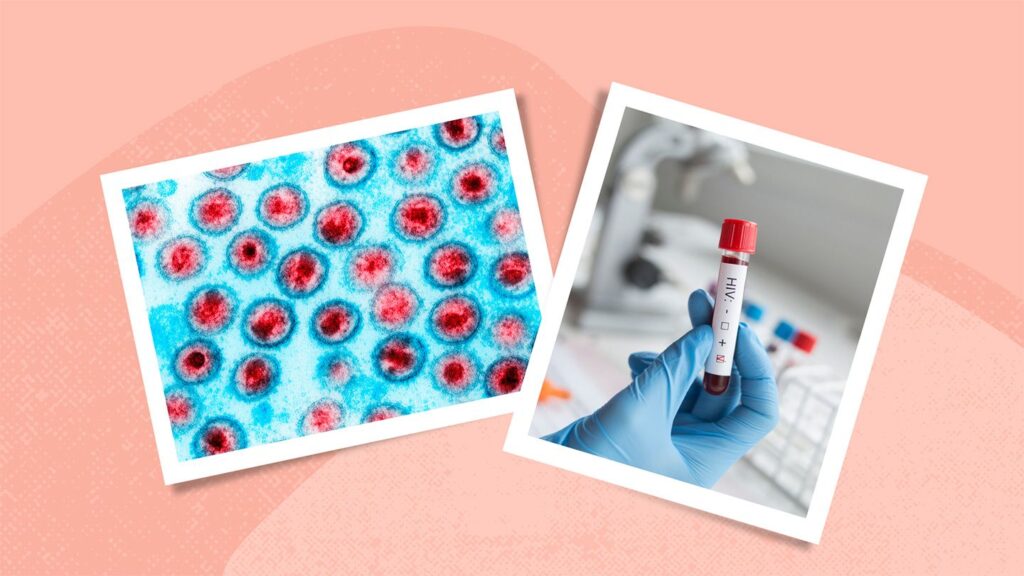It’s common to experience some mild side effects following a colonoscopy, which typically get better on their own within a few hours to a few days.
Some patients may also feel fatigued or weak for a day or so after the colonoscopy due to both the sedation and the fasting required before the procedure, Chang notes.
Generally, the immediate post-procedure experience is the same for everyone, regardless of why they underwent a colonoscopy, Chang says. But in certain cases, the reason you’re undergoing a colonoscopy may influence aftercare.
“For example, if the colonoscopy is done for routine colon cancer screening and no abnormalities are found, the recovery process is typically straightforward,” Chang says. “But if the colonoscopy is performed to diagnose or monitor inflammatory bowel disease (IBD), or if polyps are removed or biopsies are taken, there may be additional instructions to follow.”
For instance, patients with an IBD like Crohn’s disease or ulcerative colitis might experience more discomfort afterward and often require specific follow-up care tailored to their condition, Chang says.
Additionally, if a polyp is removed or a biopsy (a tissue sample) is taken, there might be a slightly higher chance of experiencing some bleeding. In these cases, your doctor may provide more specific guidelines to follow post-procedure, Chang says.



